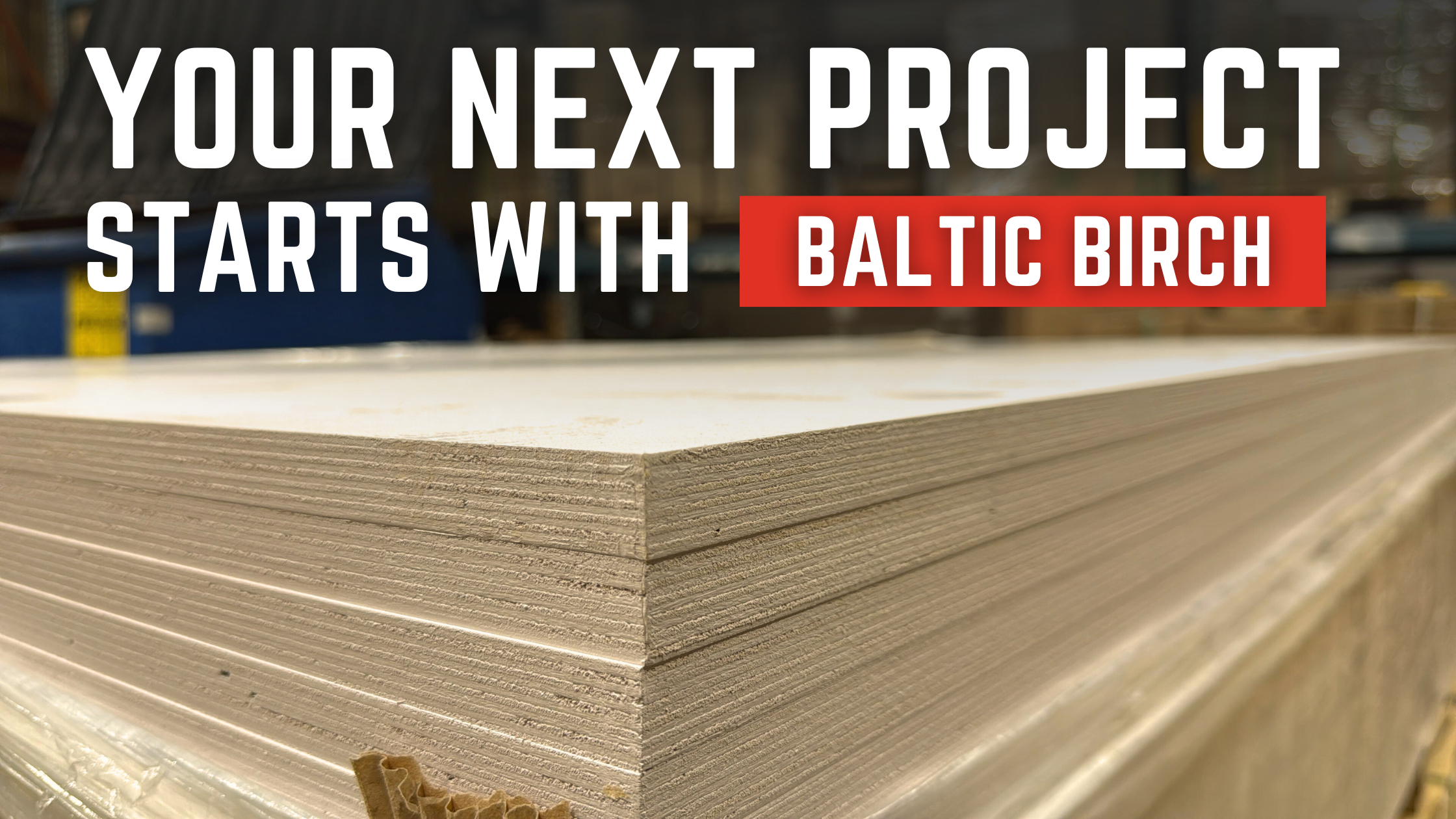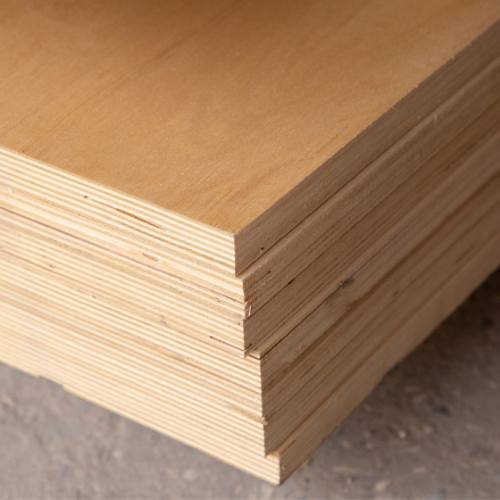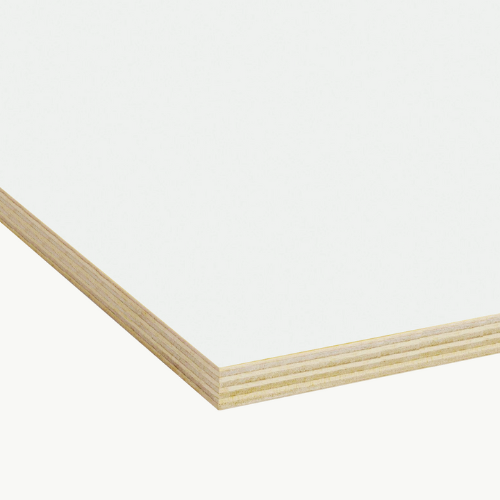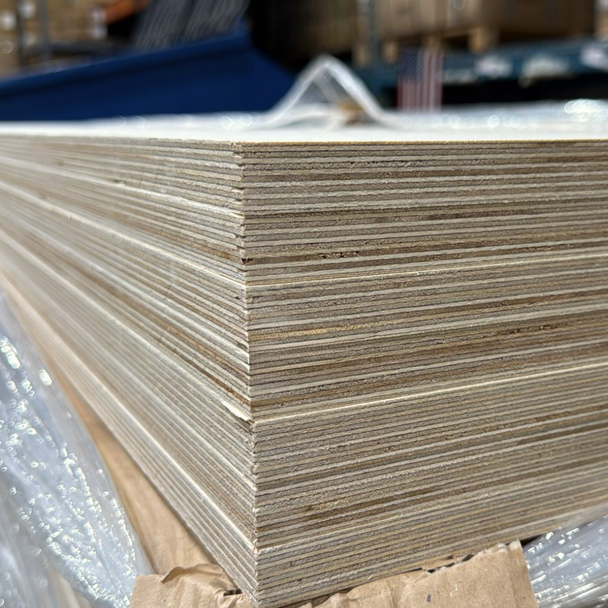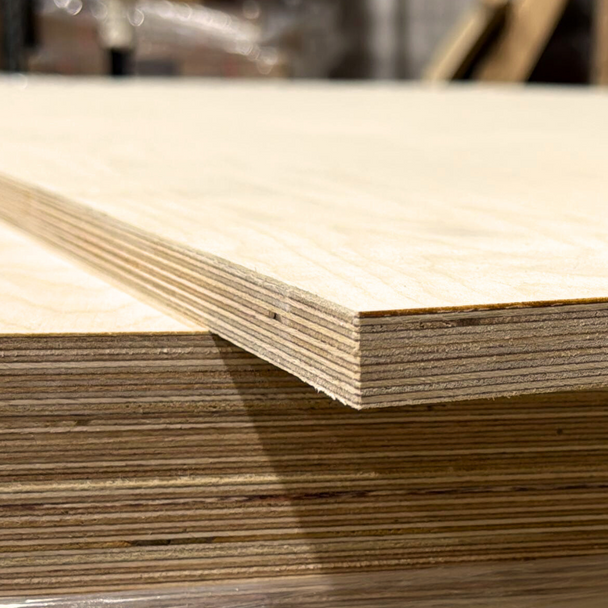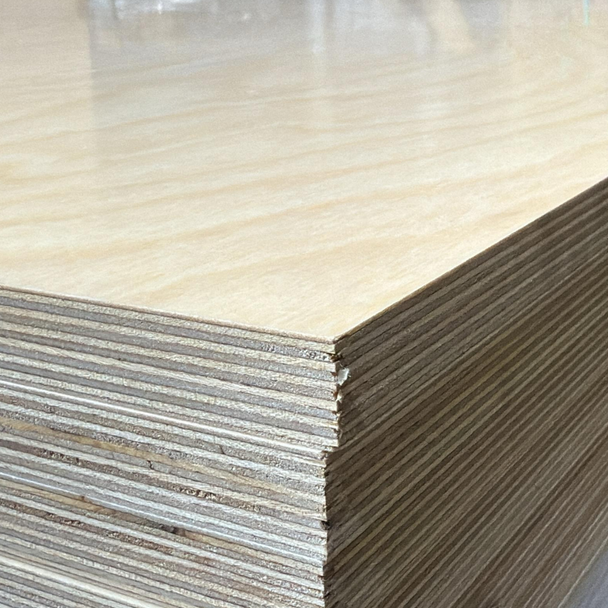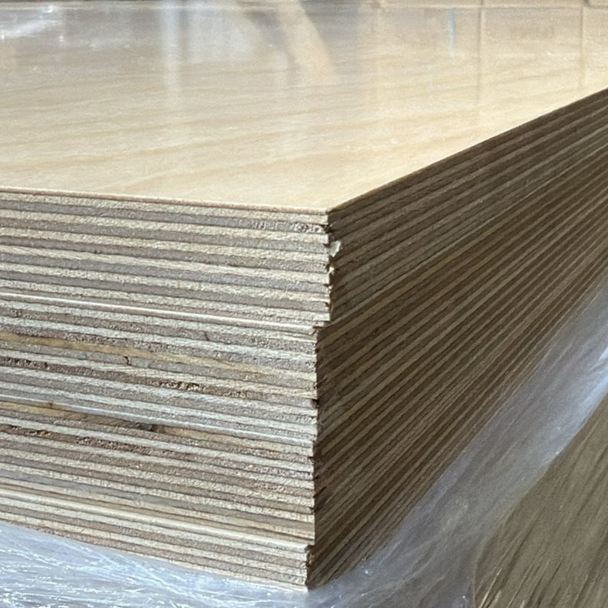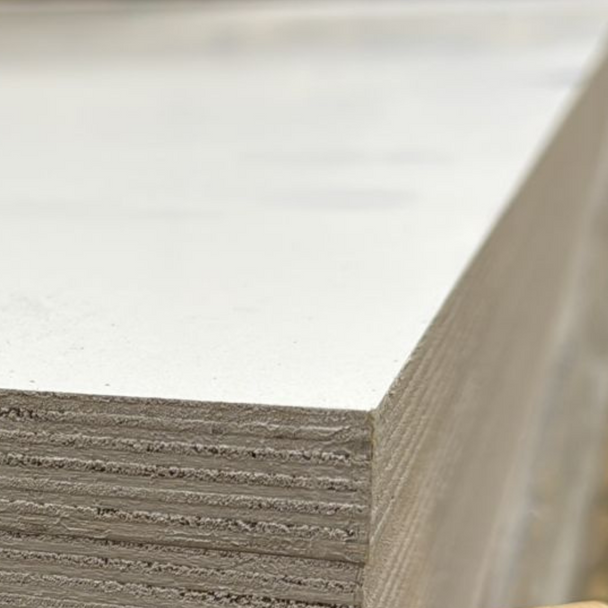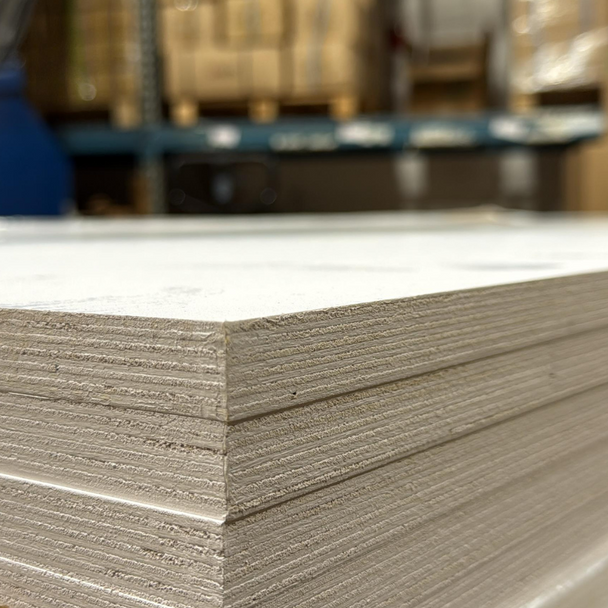Understanding CDX Plywood — Meaning, Uses & Real-World Applications
What Is CDX Plywood?
If you’ve ever walked through a construction site or lumber yard, you’ve likely seen stacks of plywood stamped with CDX in bold black letters. It’s one of the most common structural plywood types in the U.S., yet few people truly understand what those three letters mean.
In simple terms, CDX plywood is a type of softwood plywood made for structural use — strong, affordable, and resistant to short-term moisture. It’s the sheet that builders trust for roof decking, wall sheathing, and subflooring — the layers you don’t see once the project is finished but that hold everything together.
At Berta Store, we like to think of CDX as the “workhorse” of construction panels — built for performance, not for looks.
What Does “CDX” Actually Stand For?
Each letter in “CDX” carries a specific meaning:
-
C → The grade of the front (face) veneer.
A C-grade face means the top layer of wood isn’t flawless — it may have knots, patches, or color variation — but it’s structurally sound. -
D → The grade of the back (reverse) veneer.
A D-grade back is rougher than C, with more natural imperfections, since it’s not meant to be seen. -
X → The type of adhesive used between layers.
The X stands for Exposure 1 or Exterior-type glue, meaning it’s designed to resist moisture temporarily during construction but isn’t meant for continuous outdoor exposure.
So when you read “CDX,” think of it as:
C-grade face, D-grade back, exterior glue.
It’s strong enough to handle occasional rain before siding or roofing goes on — but not intended to stay exposed for months.
How CDX Plywood Is Made
The strength of CDX plywood comes from its layered structure — thin sheets of wood called veneers glued together with alternating grain directions. Here’s how it’s made:
- Log selection and peeling – Softwood logs (often pine, fir, or spruce) are soaked and peeled into thin sheets.
- Drying and grading – Veneers are dried to a consistent moisture level, then graded for quality.
- Lay-up process – Veneers are stacked crosswise, each grain running perpendicular to the one below, giving the panel high dimensional stability.
- Adhesive bonding – A waterproof phenolic glue is applied between layers.
- Hot pressing – The stack is pressed under heat and pressure, permanently bonding all veneers into a single, rigid panel.
- Trimming and stamping – Panels are cut to standard sizes (usually 4 × 8 ft) and stamped with their grade and exposure rating.
This cross-laminated construction gives CDX its signature strength — able to hold nails securely, resist bending, and distribute loads evenly.
Benefits of CDX Plywood
1. Structural Strength
CDX plywood is designed to handle heavy loads and provide shear strength to walls, floors, and roofs. Its multi-layered build means it can support weight without splitting or warping under pressure.
2. Cost-Effective
Compared to cabinet-grade plywood, CDX is far more affordable. It delivers high structural performance without wasting money on perfect veneers you’ll never see once the wall is covered.
3. Moisture Resistance
The exterior-grade glue prevents delamination from brief exposure to rain or humidity — making it ideal for construction phases when materials may sit outdoors temporarily.
4. Dimensional Stability
The alternating grain pattern minimizes expansion and contraction, keeping panels flat and stable once installed.
5. Readily Available
Because it’s a standard construction material, CDX can be found in nearly every lumber yard, hardware store, or professional supplier like Berta Store.
Common Applications
1. Roof Sheathing
CDX plywood is the go-to panel for roof decks. It provides a solid surface for shingles, tiles, or underlayment. Its “X” rating ensures it can handle the occasional rain before the roof covering is installed.
2. Wall Sheathing
Builders often use CDX as the structural layer beneath siding or brick veneer. It ties wall studs together, adds rigidity, and helps resist racking in high winds.
3. Subflooring
When used under carpet, tile, or hardwood, CDX plywood forms a stable, load-bearing base. However, for visible flooring or moisture-heavy areas, a smoother or moisture-rated grade might be preferred.
4. Temporary Surfaces
CDX is frequently used for concrete forms, ramps, or job-site platforms. It’s sturdy and disposable, which makes it ideal for short-term use.
5. DIY and Workshop Projects
Although not as smooth as cabinet-grade plywood, CDX works well for utility shelves, workbenches, or storage enclosures where appearance isn’t critical.
How It Compares to Other Plywood Grades
CDX vs. RTD Plywood
Both are used in structural applications, but RTD (Resistance Temperature Detector) plywood is manufactured with sensors that improve glue curing, creating even fewer voids and better consistency. CDX remains the more economical choice for standard construction needs.
CDX vs. ACX Plywood
ACX uses an A-grade face and a C-grade back, giving it a smoother surface suitable for painted or semi-visible areas. CDX focuses on structure, not looks — you’ll save money if you plan to cover it anyway.
CDX vs. OSB (Oriented Strand Board)
OSB is another sheathing material made from wood strands pressed with resin. It’s cheaper and often used in similar ways, but CDX usually offers better moisture resistance, nail-holding strength, and stability over time.
Tips for Working with CDX Plywood
- Store Flat and Dry – Keep panels off the ground and covered until you’re ready to install them.
- Seal Edges – If edges will face moisture, coat them with primer or sealant to prevent swelling.
- Use the Smooth Side Out – The “C” face is smoother and typically faces outward when sheathing.
- Pre-Drill When Necessary – For cleaner edges and to avoid surface splits, especially near corners.
- Fasten Properly – Use galvanized nails or screws and follow spacing recommendations from local building codes.
- Don’t Leave It Exposed Too Long – While it resists temporary moisture, prolonged exposure to rain or snow can still cause warping.
When to Choose CDX vs. Another Type
You should choose CDX plywood when:
- The panel will be covered (under siding, roofing, or flooring).
- You need strong, load-bearing sheathing at an affordable price.
- The environment has occasional, not constant, moisture exposure.
You should avoid CDX plywood when:
- The surface will remain visible — the face veneer isn’t aesthetic.
- The area will face continuous wetness (use marine or treated plywood instead).
- You need a perfectly smooth paint finish.
Why Professionals Still Prefer CDX
Even with the introduction of newer engineered panels, many builders continue to rely on CDX because of its predictable performance. It cuts cleanly, holds screws and nails securely, and flexes less than particle-based materials. It’s time-tested, field-proven, and compatible with nearly every type of framing system.
The combination of affordability, strength, and availability makes CDX plywood the default structural panel in residential and light commercial construction.
CDX Plywood vs. the Options at Berta Store
While CDX plywood is popular in structural framing, Berta Store focuses on a different range of sheet goods — materials designed for cabinetry, furniture making, and interior finishing rather than raw structural work.
Our selection includes:
- Prefinished Plywood — ideal for cabinet interiors and visible panels that demand a clean, durable surface straight from the box. Each sheet comes factory-finished, saving time on sanding and sealing.
- Baltic Birch Plywood — a premium, multi-ply hardwood panel valued for its exceptional stability, edge strength, and fine grain appearance — perfect for drawers, furniture, and architectural applications.
If your project requires a finished appearance, tight tolerances, or decorative quality, our Baltic Birch and Prefinished collections outperform CDX in both look and precision.
We offer local delivery across New Jersey, Pennsylvania, and nearby states, plus bulk discounts for contractors and shops ordering by the bundle.
Final Thoughts
CDX plywood serves a specific purpose in framing and construction — strength over aesthetics. But when your project moves indoors and appearance matters, Baltic Birch and Prefinished Plywood step in to deliver unmatched quality and finish.
At Berta Store, we specialize in materials that combine beauty with durability — plywood that’s meant to be seen, not hidden behind drywall.



